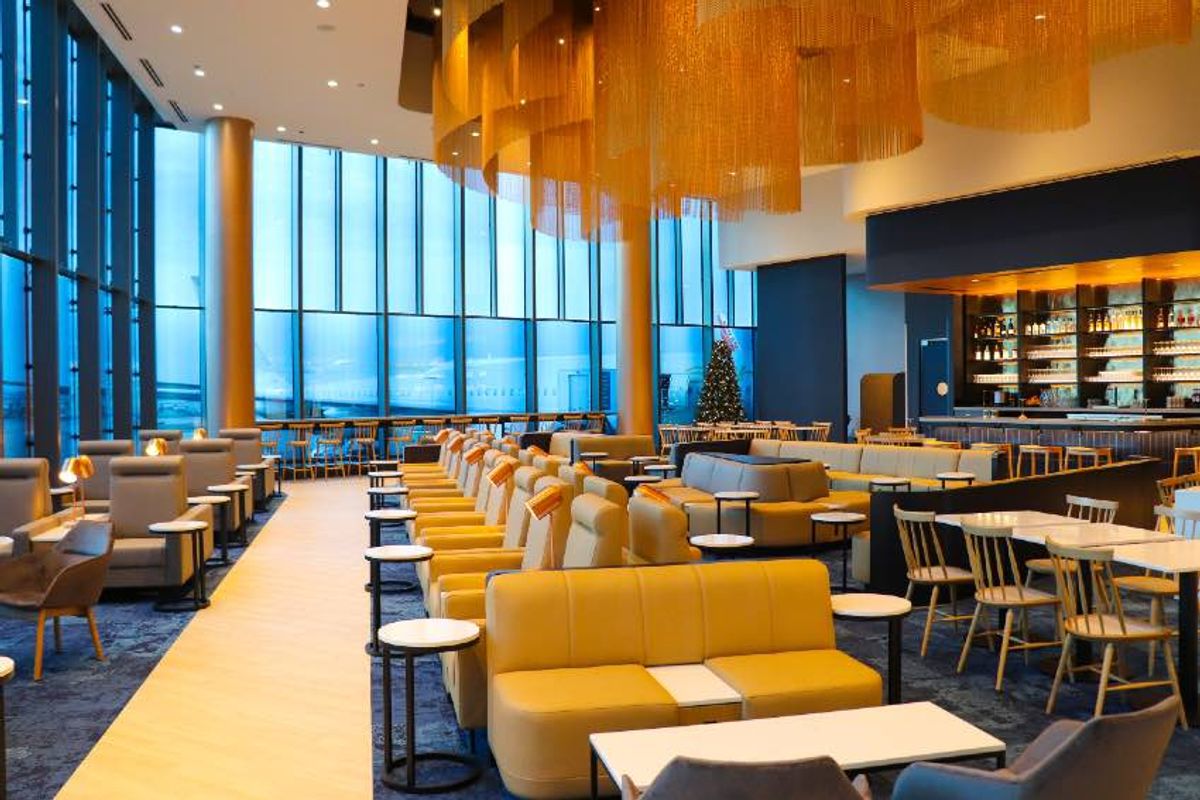Its construction is extremely complex, consisting of seven pillars ranging from 78 to 245 meters in height.
In the heart of southern France, above the magnificent Gorges du Tarn, the Millau Viaduct stands as an unwavering symbol of the human ability to create something both functional and beautiful.
This bridge, which stretches 2.460 meters in length, with a structural height of 336.4 meters, not only serves as a key transportation link between the north and south of Europe but is also a true architectural icon that attracts thousands of visitors annually.
The journey to the creation of the Millau Viaduct was anything but simple. The idea of building the bridge was conceived in the 1980s when the French government, facing the challenges of traffic congestion in the Massif Central region, decided to improve the road network.
The design and engineering were entrusted to Michel Virlogeux, a renowned engineer who had previously worked on the Pont de Normandie project, and the famous United Kingdom (UK) architect Norman Foster. Their collaboration resulted in one of the most impressive bridges in the history of modern engineering.
Construction of the Millau Viaduct began in October 2001 and lasted a little over three years. The project cost around 400 million euros, and it was financed by the private construction company Eiffage, which still holds the concession for the bridge. Building such a complex structure requires the use of the most modern construction technologies and exceptional precision.
The final result was a bridge that, according to many experts, is a true technological and architectural marvel. Lord Foster stated that the first time he saw the Millau, he was so nervous about the decision regarding the color of the cables that he almost felt sick. In the end, the white color he chose proved to be the perfect choice, and the bridge became one of the most elegant in the world.
Impact on the local community and tourism
The Millau Viaduct opened to traffic in December 2004 and immediately became a tourist attraction. In its first year, up to 10.000 cars would stop at the rest area by the bridge over the weekends, with many tourists coming just to see it up close. The local community, which was initially skeptical and concerned that it would negatively impact tourism, soon changed its mind. The town of Millau, once known for traffic jams, has now become a destination for visitors from around the world.
Today, almost two decades after it opened, the Millau Viaduct still stands strong and continues to impress everyone who visits. Engineer Virlogeux, who stopped working on its maintenance many years ago, is confident that the viaduct will stand the test of time. It is extremely stable and requires little maintenance, and each year it helps reduce CO2 emissions by about 40.000 tons, equivalent to a forest of 40.000 trees absorbing emissions over 40 years.
The Millau Viaduct is not just an infrastructure project; it is a symbol of human innovation and the ability to create something that is functional, aesthetically pleasing, and beneficial to the community. It has also changed the way people perceive the Massif Central region. Before the bridge was built, this area was known for its inaccessibility and remoteness, but today it is at the heart of the main route connecting northern Europe with Spain, Biznis Info writes.
E.Dz.











